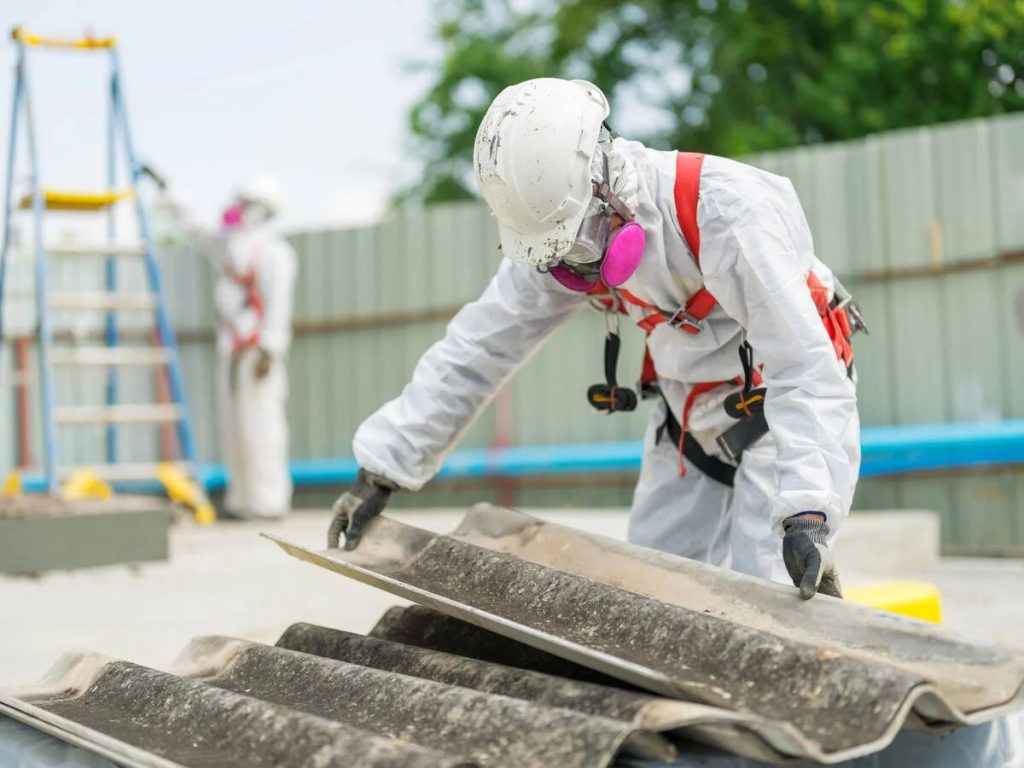Asbestos Survey Best Practices: Ensuring Safety and Compliance

Ensuring the safety of your workplace or home is paramount, and understanding the hidden dangers of asbestos can be daunting. This comprehensive guide will walk you through the essential asbestos survey practices to ensure both safety and compliance.
Why Understanding Asbestos Matters
In the past, asbestos was a popular material due to its durability and resistance to heat. However, we now know that asbestos exposure can lead to severe health issues, including lung cancer and mesothelioma. This makes identifying and managing asbestos in buildings a critical task for maintaining safety.
What is an Asbestos Survey?
An asbestos survey involves a thorough inspection of a building to identify the presence of asbestos-containing materials (ACMs). The survey helps in assessing the risks associated with asbestos and provides a plan for managing it effectively. It’s crucial for any renovation, demolition, or property transaction.
Types of Asbestos Surveys
Management Surveys
These are standard inspections conducted to ensure ACMs are in good condition and unlikely to be disturbed. They are typically non-intrusive and aim to manage asbestos during the normal occupation and use of a building.
Refurbishment and Demolition Surveys
These surveys are necessary before any building work that might disturb the structure. They are more intrusive and involve inspecting all areas where work will be carried out, ensuring no ACMs are overlooked.
Legal Requirements for Asbestos Surveys
Regulations require building owners and managers to identify and control asbestos risks. This includes carrying out asbestos surveys and maintaining an asbestos register. Failure to comply can result in hefty fines and legal action.
Selecting a Qualified Asbestos Surveyor
Choosing the right professional is key. Ensure the surveyor is accredited and experienced. Look for certifications from recognized bodies, such as the National Institute for Occupational Safety and Health (NIOSH) or the Environmental Protection Agency (EPA).
Preparing for an Asbestos Survey
Before the survey begins, a detailed plan should be in place. This includes notifying occupants, securing the area, and ensuring all necessary safety equipment is available. Proper preparation ensures the survey is conducted efficiently and safely.
Conducting the Survey
The surveyor will examine the building, taking samples of any suspected ACMs. These samples are then analyzed in a laboratory to confirm the presence of asbestos. Detailed notes and photographs are taken to document the findings.
Post-Survey Actions
Once the survey is complete, the surveyor will provide a report outlining the locations and conditions of any ACMs found. Based on this report, a management plan should be developed to monitor and manage the asbestos safely.
Managing Identified Asbestos
Encapsulation
In some cases, asbestos can be safely managed by sealing or encapsulating it. This prevents the release of asbestos fibers and is a cost-effective way to manage asbestos without removing it.
Removal
If the ACMs are damaged or likely to be disturbed, removal might be necessary. This must be carried out by licensed professionals who follow strict safety protocols to prevent contamination.
Maintaining an Asbestos Register
An asbestos register is a record of all identified ACMs in a building. It should be updated regularly and accessible to anyone who may work on or disturb the building fabric, ensuring ongoing safety and compliance.
Regular Re-Inspections
Regular re-inspections are crucial to monitor the condition of ACMs over time. Any changes or damages should be recorded and addressed immediately to prevent any risk to health.
Informing and Training Staff
Educating building occupants and workers about the dangers of asbestos and the measures in place to manage it is essential. Regular training and clear communication help ensure everyone knows how to stay safe.
Staying Updated with Regulations
Regulations and best practices for managing asbestos can change. Staying informed about any updates ensures continued compliance and safety. Subscribe to industry newsletters and attend relevant training sessions to keep up-to-date.
Conclusion
Effectively managing asbestos in buildings is not just about compliance—it’s about ensuring the health and safety of everyone who uses the space. By following these best practices for asbestos surveys, you can confidently maintain a safe environment. If you have any concerns or need professional advice, don’t hesitate to reach out to certified asbestos surveyors for assistance. Stay informed, stay safe, and take proactive steps to manage asbestos responsibly.







